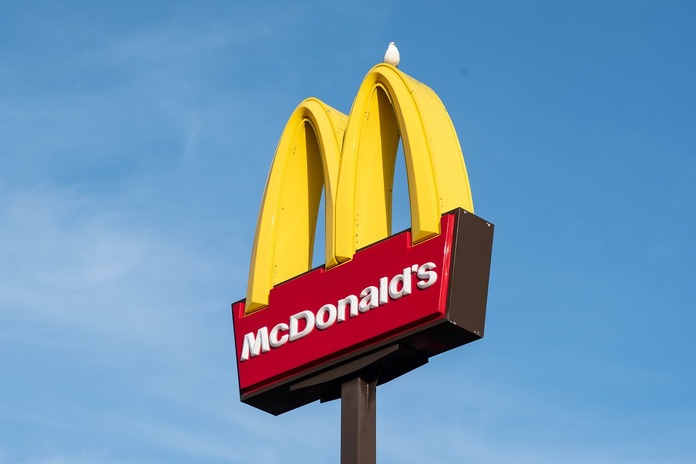McDonald’s (NYSE:MCD) has long been synonymous with value in the fast-food industry, but the company is now grappling with challenges that threaten its position as a leader in affordability. The fast-food giant recently extended its $5 meal deal, a move aimed at reconnecting with price-sensitive customers. However, the company is finding it increasingly difficult to maintain its value proposition in the face of rising costs and growing competition from fast-casual restaurants.
The Struggle to Maintain Value Leadership
During its latest earnings call, McDonald’s executives mentioned the word “value” 96 times, highlighting the importance of this concept to the company’s strategy. Despite this emphasis, McDonald’s reported a 0.7% drop in U.S. same-store sales for the quarter, marking the first decline in 16 quarters. This dip underscores the challenges the company faces in maintaining its appeal among low-income consumers who have historically turned to McDonald’s for affordable meals.
The fast-food industry is experiencing a shift as consumers increasingly prioritize quality over cost. Competitors like Chipotle (NYSE:CMG), with its $13 steak bowl, Wingstop (NASDAQ:WING), and Shake Shack (NYSE:SHAK) have all seen positive sales growth by offering higher-quality options at a premium price. These brands are attracting a demographic that is willing to pay more for perceived better value, even as the overall cost of dining out rises.
The $5 Meal Deal: A Temporary Fix?
In an effort to regain its value leader status, McDonald’s has extended its $5 meal deal through August. This promotion has shown some success, particularly among lower-income customers, with the company noting a 3% increase in foot traffic. However, analysts are skeptical about the long-term effectiveness of such promotions.
TD Cowen analyst Andrew Charles downgraded McDonald’s stock to Hold from Buy, expressing concerns that the company is focusing too much on price promotions at the expense of what makes the brand special. “In order to fix this value problem, they’re ignoring the other parts of the playbook,” Charles said, referencing McDonald’s past successes with menu innovation and creative marketing campaigns.
The Broader Industry Context
The cost of eating out has risen 4.1% year over year, compared to a 1.1% increase in grocery prices. This inflationary pressure is causing consumers to rethink their dining choices, often opting for fast-casual restaurants that offer a more elevated dining experience. Dr. Cathrine Jansson-Boyd of Anglia Ruskin University explains that there’s a “real snobbery in consumption,” where even middle-income consumers prefer to spend a little more for better quality, thereby diminishing the appeal of traditional fast food.
McDonald’s is also contending with higher operating costs, including rising wages. In California, for example, a new wage law has increased the minimum pay for fast food workers to $20 per hour. Additionally, the cost of key ingredients like ground beef and chicken has soared, further squeezing the company’s margins. Between June 2019 and June 2024, the price per pound of ground beef jumped nearly 36%, while chicken increased by 26%, according to the U.S. Bureau of Labor Statistics.
The Path Forward: Reestablishing Value
Jefferies managing director of equity research, Andy Barish, remains cautiously optimistic, noting that McDonald’s is likely to reestablish itself as a value leader, but it will require significant investments and time. Barish pointed out that low-income consumers are still willing to dine out more often if prompted by a good deal or discount, which suggests that there is still room for McDonald’s to regain its footing.
However, creating a modern-day equivalent of the Dollar Menu in today’s economic environment is no easy task. As BTIG analyst Peter Saleh noted, “Traffic and same-store sales are going to be volatile for the foreseeable future.” Saleh believes that while the $5 meal deal is a step in the right direction, a new national value platform will take several months of sustained advertising and consumer adoption to be successful.
Conclusion
McDonald’s value strategy is at a crossroads as the company navigates the dual challenges of rising costs and shifting consumer preferences. While the $5 meal deal has shown promise in attracting budget-conscious diners, the long-term success of McDonald’s will depend on its ability to innovate and adapt to the changing landscape of the fast-food industry. As the company works to reestablish its value leadership, it faces an uphill battle that will require a careful balance of affordability, quality, and brand differentiation.
Featured Image: Pixabay© Kelvin Stuttard















